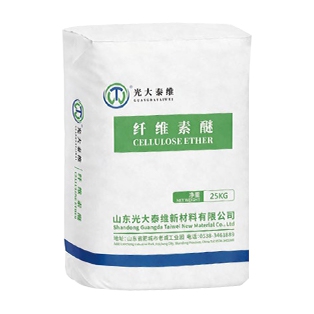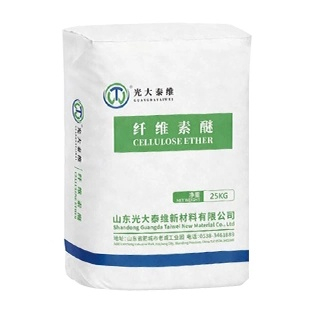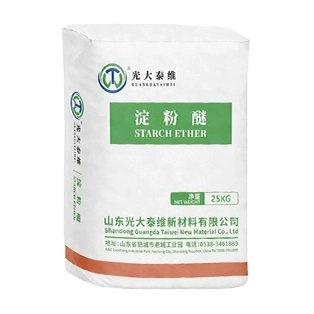The effect of undesirable air bubbles on the slurry
In mortar materials, due to the low viscosity of the slurry, air bubbles rise due to buoyancy. The liquid film of air bubbles that moves to the surface generates a pressure difference due to gravity, causing the film thickness to decrease and the air bubbles to eventually collapse. This method of relying solely on the cement-based material itself for defoaming cannot meet the comprehensive performance requirements of products such as self-compacting concrete or self-leveling mortar. It is necessary to select a suitable defoaming agent for further defoaming treatment.
Bubbles generally exist in cement paste in two forms. One form occurs when the buoyancy of the bubbles exceeds the resistance of the cement paste to the escape of the gas phase, causing the bubbles to rise and accumulate on the surface, forming continuous, visible bubbles. These bubbles easily create honeycomb-like pitting, leading to surface quality defects in cement-based materials. The other form occurs when the cement paste sufficiently resists the escape of the gas phase, resulting in discontinuous dispersion of bubbles within the cement paste. These bubbles can significantly reduce the density of cement-based materials, adversely affecting their mechanical properties and durability.
A large number of poorly structured air bubbles are the most important factors that reduce the workability, mechanical properties and durability of cement-based materials, mainly in the following three aspects.
(1) When the cement slurry foams severely, the foam gathers at the pump outlet to form an air cushion, causing the pump to run dry and construction to be hindered;
(2) A large number of air bubbles increase the volume of the cement slurry, but these air bubbles are easy to break, causing volume shrinkage and deformation;
(3) A large number of air bubbles will cause the density of the cement slurry to decrease, which will reduce the mechanical properties and durability of the hardened cement slurry.
Defoamers are admixtures that help reduce large air bubbles trapped or generated during the mixing and construction of concrete and mortar. Defoamers consist of substances that reduce the surface tension of the liquid phase, working by inhibiting bubble formation and breaking down bubble films. Defoamers are the most direct and effective means of eliminating harmful air bubbles in cement-based materials. By using defoamers to eliminate harmful large air bubbles and optimize the pore structure, hardened cement-based materials achieve requirements such as a smooth surface, no honeycomb or pitting, good homogeneity, and good mechanical properties and durability.




